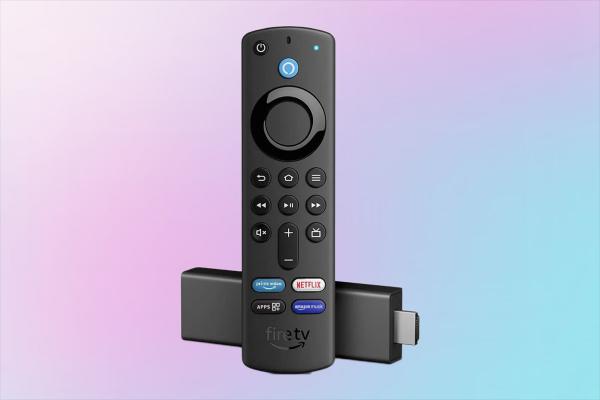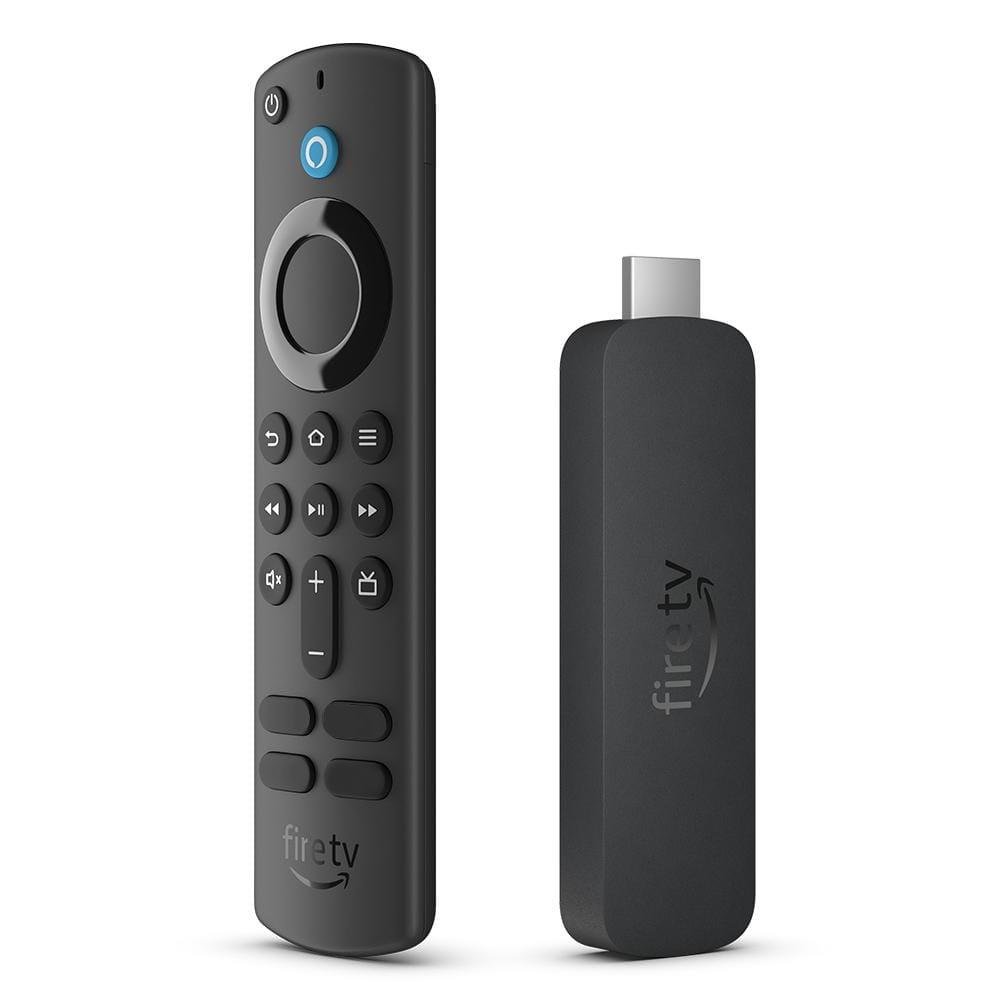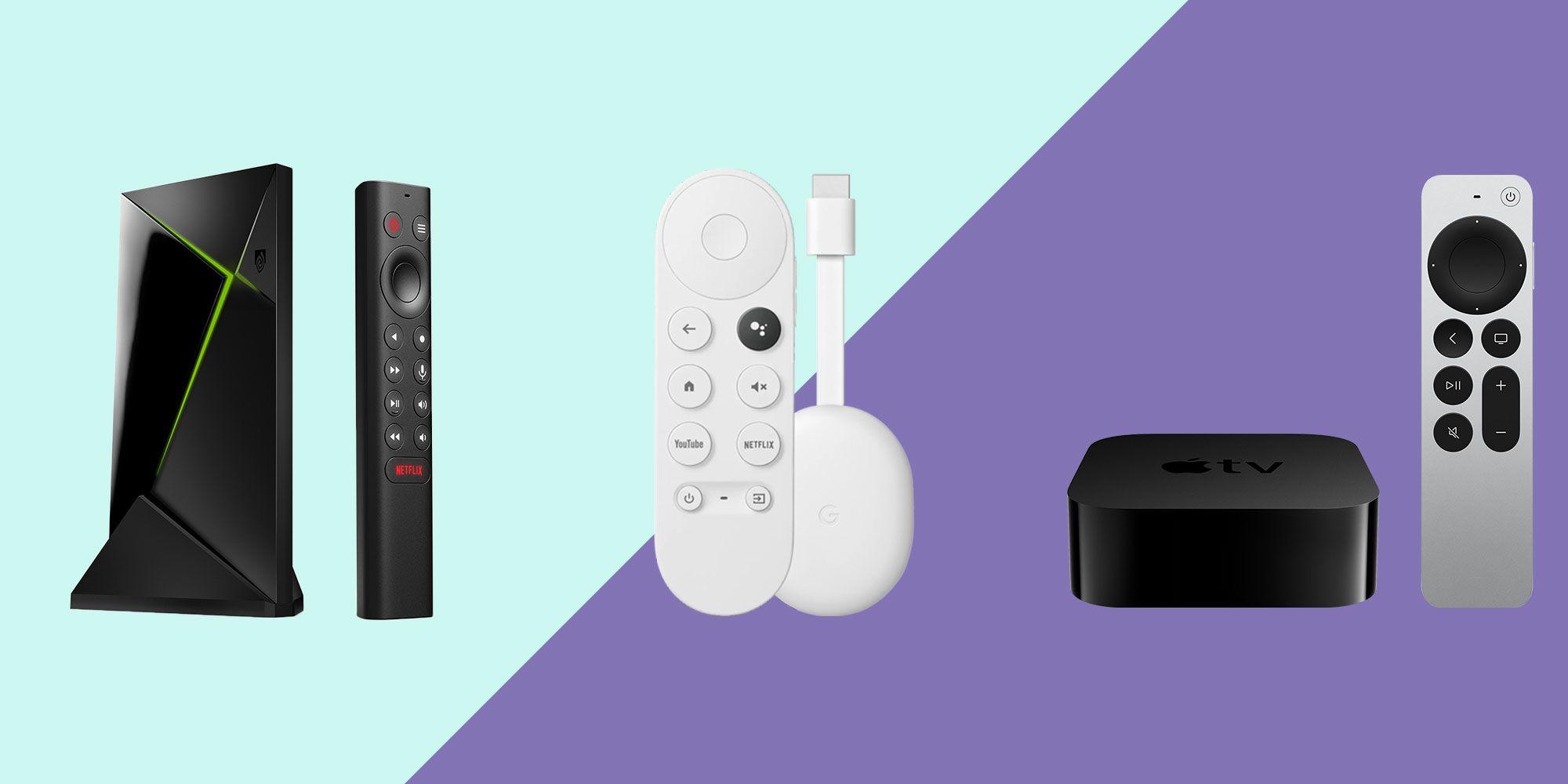In the rapidly evolving landscape of home entertainment, streaming devices have become essential tools for accessing a vast array of content. As consumers face a plethora of options ranging from budget-friendly gadgets to high-end models, a critical question emerges: Do cheaper streaming devices offer the same quality as their more expensive counterparts? This article delves into the nuances of streaming technology, examining factors such as performance, features, and user experience to provide a comprehensive analysis of whether cost truly correlates with quality in the realm of streaming devices.
Comparison of Streaming Device Features Across Price Ranges
- Video and Audio Quality: High-end streaming devices often boast superior video and audio capabilities, such as 4K HDR support and Dolby Atmos sound. Cheaper models may offer HD resolution and basic stereo sound, which can suffice for casual viewers but may not satisfy those seeking a cinematic experience.
- Performance and Speed: Premium devices typically come equipped with faster processors and more RAM, ensuring smoother navigation and quicker load times. Budget-friendly options might experience occasional lag or buffering, impacting the overall user experience.
- Connectivity Options: More expensive devices often include advanced connectivity features like Ethernet ports and dual-band Wi-Fi, providing stable connections for seamless streaming. In contrast, lower-priced models may rely solely on Wi-Fi, which can be less reliable in certain environments.
- User Interface and Features: While pricier devices frequently offer enhanced interfaces with voice control and personalized recommendations, budget devices might present a more basic layout. However, both ranges generally support major streaming services, ensuring access to popular content.
- Build and Design: Premium models usually feature a sleek design and durable build, adding an aesthetic appeal to your entertainment setup. Cheaper devices might use more economical materials, focusing on functionality over form.
Ultimately, the decision hinges on individual preferences and priorities. If advanced features and performance are crucial, investing in a higher-priced device may be worthwhile. However, for those content with fundamental functionality, a budget-friendly option could provide satisfactory performance without breaking the bank.

Evaluating Performance and User Experience in Budget vs Premium Devices
When considering streaming devices, one of the critical aspects to evaluate is how they perform and the experience they offer to users. Budget devices often come with compromises in hardware, which can affect processing speed, video resolution, and connectivity. Users might notice slower load times, occasional buffering, and limited support for 4K content. However, they typically still provide access to major streaming platforms, making them a viable option for those prioritizing cost over premium features.
On the other hand, premium devices generally boast superior hardware and software optimizations. These devices often offer enhanced features such as voice control, more intuitive user interfaces, and robust support for high-definition content. Users can enjoy seamless streaming with minimal lag and enhanced audio-visual quality. Some key differences between budget and premium options include:
- Video Quality: Premium devices often support higher resolutions like 4K and HDR.
- Processing Power: Faster processors in premium devices result in quicker load times and smoother navigation.
- User Interface: More polished and responsive interfaces are common in higher-end models.
- Additional Features: Features such as voice assistants and smart home integration are typically more advanced in premium devices.

Assessing Longevity and Durability in Cost-Effective Streaming Options
When considering the longevity and durability of streaming devices, it’s crucial to weigh the balance between initial cost and long-term performance. Cheaper streaming options might seem appealing due to their lower price point, but how do they hold up over time? While some budget-friendly devices can provide reliable service, others may suffer from hardware limitations or lack of software updates, which can affect their performance and lifespan.
- Build Quality: Lower-cost devices may use less durable materials, leading to potential wear and tear.
- Software Support: Expensive models often receive regular updates, enhancing functionality and security over time.
- Performance Consistency: Premium devices typically offer more consistent streaming quality, even as they age.
Ultimately, the decision should factor in not just the upfront savings but also the long-term usability and potential replacement costs. Investing in a device with proven durability might offer better value, reducing the need for frequent replacements.

Expert Recommendations for Choosing the Right Streaming Device
When it comes to selecting a streaming device, the market offers a plethora of options, ranging from budget-friendly to high-end models. Experts often recommend evaluating your specific needs before making a decision. Consider the following factors:
- Resolution Support: Ensure the device supports the maximum resolution of your TV, whether it’s HD, 4K, or even 8K.
- Platform Compatibility: Verify if the device is compatible with your preferred streaming services, such as Netflix, Hulu, or Disney+.
- Connectivity Options: Look for devices offering both Wi-Fi and Ethernet connections for stable streaming.
- Audio Support: Check for advanced audio features like Dolby Atmos if high-quality sound is important to you.
- User Interface: A user-friendly interface can significantly enhance your streaming experience.
Performance and longevity are often cited as advantages of more expensive devices. While cheaper models may offer similar features initially, pricier options tend to provide better build quality, software updates, and customer support. It’s crucial to balance your budget with your viewing habits and preferences to make an informed choice.



